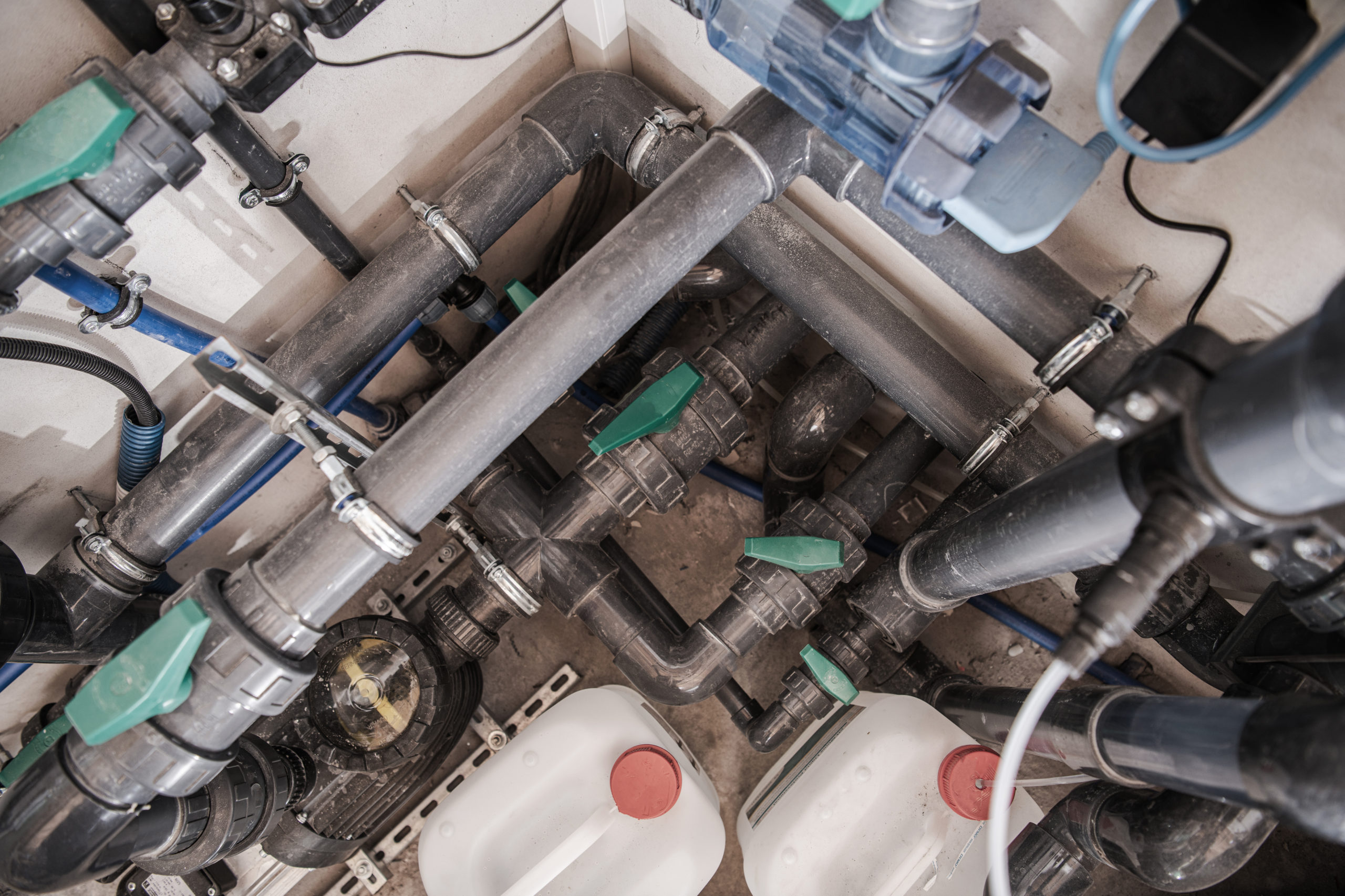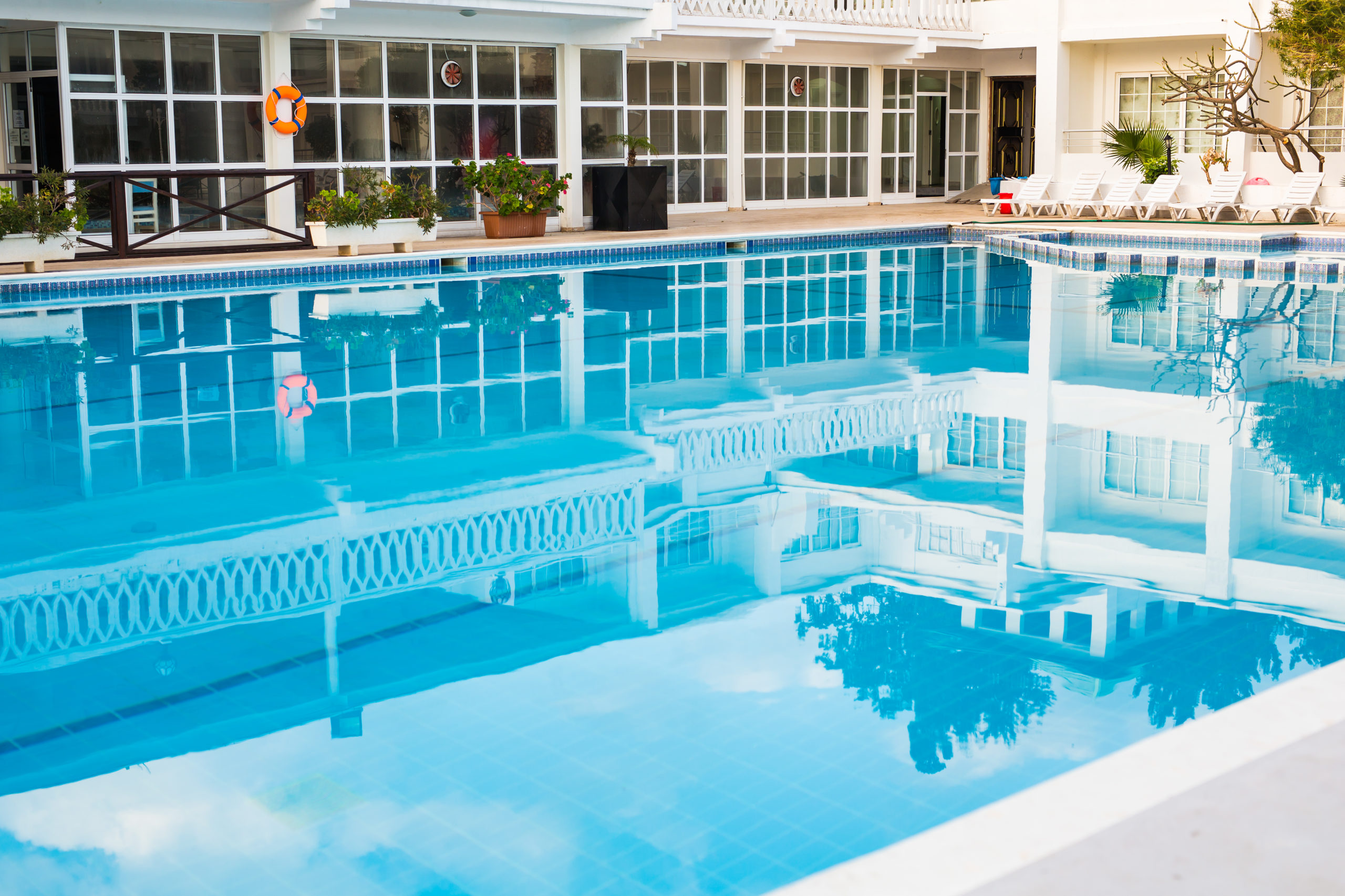
This post continues the discussion of the National Academies of Sciences management of Legionella in water systems report. Chapter two begins to delve into the diagnosis, ecology, and exposure pathways of Legionella. In our everyday life, humans live peacefully alongside a number of microbes, organisms so small they are invisible to the human eye. Most of these microbes are harmless and may are beneficial. However, there are groups of microbes that cause disease In general, the impact of exposure to a particular microbe depends on three factors. Firstly, the quantity of microorganisms. Secondly, their capacity to cause harm. Lastly, the strength of an individual…



